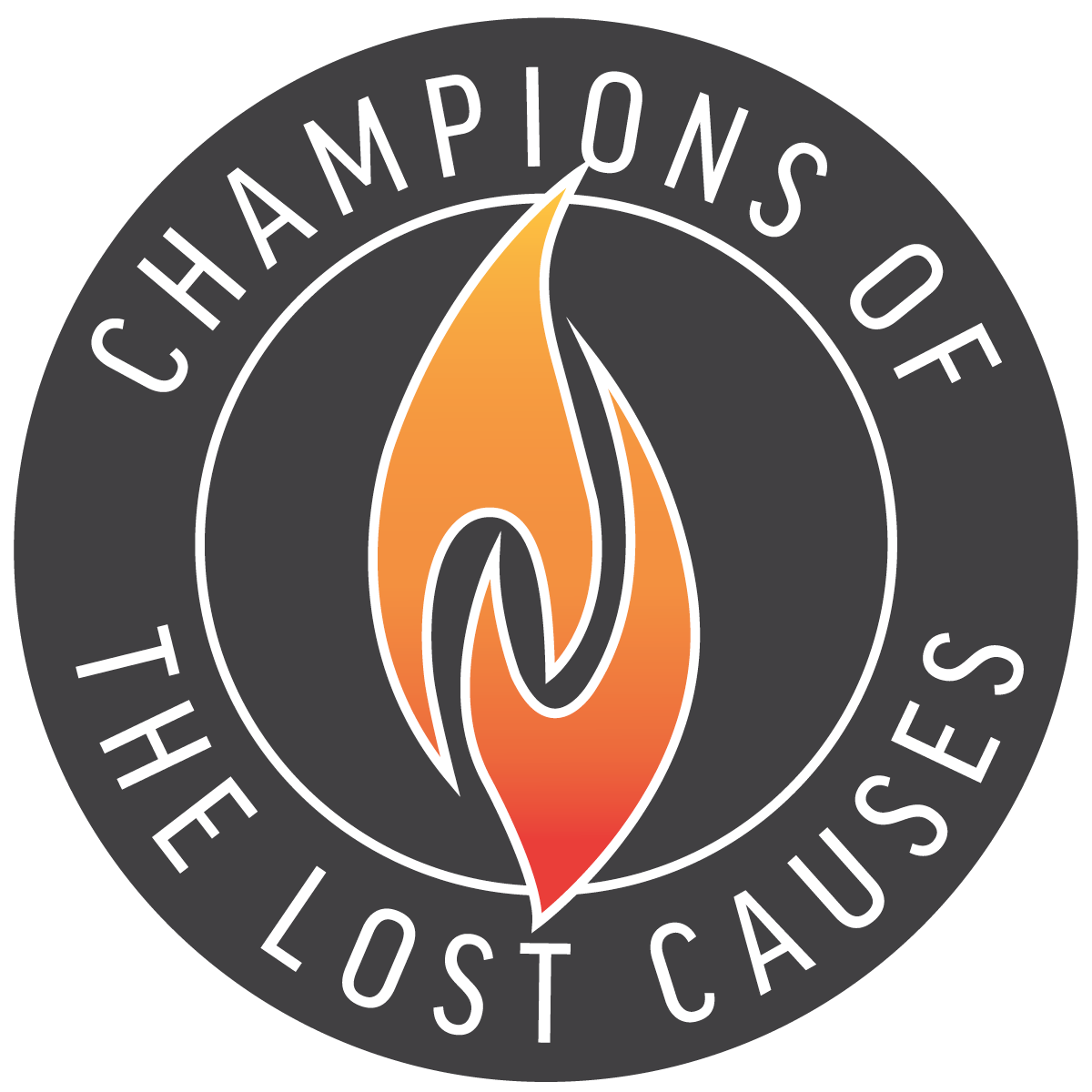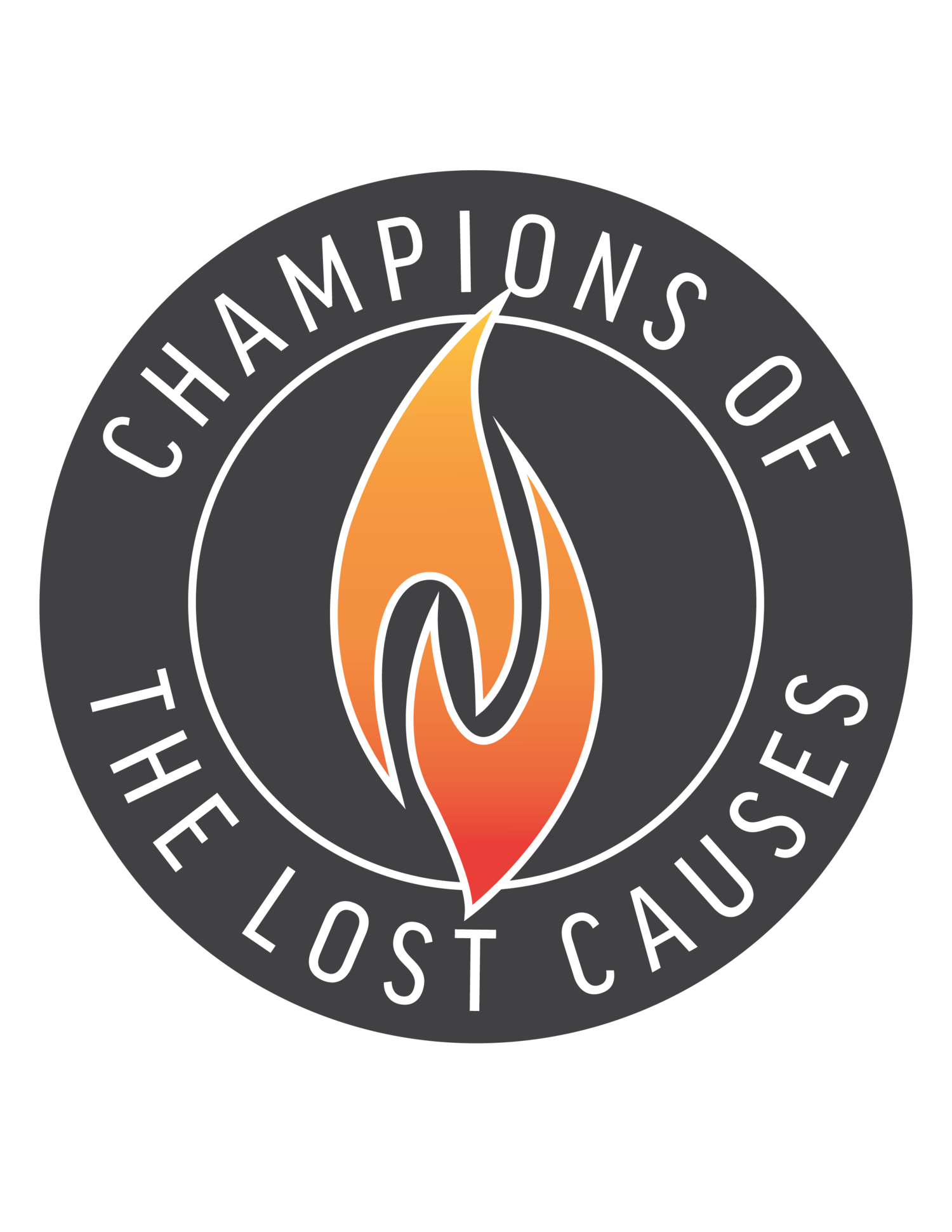Chapter 8: Everything changes!
In quick succession, we'd had the successes of Roundhouse Revival and the ULI presentation that put us on the map, and we'd faced a test of who we were that helped set our approach in stone. Our coalition would indeed grow over time, but we stared down the challenge to our authority and approach and emerged stronger because of it.
We wanted to maintain momentum, so we immediately began planning for Roundhouse Revival 2 in the fall. We planned it to be just in advance of the mayoral and city council elections to leverage the political season. As a nonprofit, we had to remain impartial and not endorse anyone, but we approached all office-seekers and asked them for a statement on their views on the Coliseum's future. We found out pretty quickly that the Coliseum enjoyed support from Republicans and Democrats alike. Not every candidate responded, but many of them did.
We worked with a volunteer graphic designer to combine candidate quotes and headshots to create a series of branded "art gels" to cascade in social media in the run-up to election day. Taking Lipscomb's $10,000 on the back end of the first Roundhouse Revival meant we didn't have to run another ioby crowdfunding campaign for Roundhouse Revival 2, and that allowed us to keep our messages focused on the issues instead of taking up "airtime" with fundraising pitches. People loved the pull-quote art-gels and shared them in social media, sometimes with an endorsement of their candidate. Several candidates shared them, too. Events of the spring and summer had made the Coliseum the talk of the town… now it had become a populist fall campaign theme.
The question that kept us hustling was, How would the ULI recommendations actually change the course of things, or would it? We were told we'd won a moral victory, but that Lipscomb would still do what he wanted. We kept the pressure up. The promotion of Roundhouse Revival 2 kept the Coliseum in the news, and the fact that Lipscomb's plan had been largely rejected by the ULI panel, that meant our more beautiful narrative -- fueled by the election cycle and some helpful political grandstanding -- was really the only one out there, and it was winning people over. I made what seemed like endless rounds on local TV during this stretch. For the journalists who insisted on "equal time," they elevated the sub-thread of how the Coliseum might be repurposed, which the ULI recommendations left open-ended. None of those plans to repurpose the Coliseum ever amounted to much, but they did spark a debate among Coliseum supporters, and the division between the pragmatists and purists came to the fore.
One idea that came forward at the original Roundhouse Revival and stayed in the mix around this time was the Coliseum Pavilion concept. An architect none of us knew, came up with an interesting idea, but it would cut the Coliseum open and make it an open-air pavilion. Mike embraced the idea for what it was… interesting creative thinking that had merit, but the purists, who wanted the Coliseum to be exactly what it had been before, took exception to this, and some acted like Mike had sold out the cause. Mike was always a lightning rod, but we'd faced much worse. All part of healthy debate, but it can feel personal when you're living through it, especially if you're Mike.
All projects of this scope require give and take, but the argument within the wider community of supporters forced us to clarify our own feelings on what would be considered a win for the Coliseum. What was negotiable and what was sacrosanct?
The main flaw in the pavilion concept is that Memphis already has plenty of outdoor venues. What we lack is a midsize indoor venue. It was on those grounds that we parted ways with the pavilion concept guy. He took no offense and his idea died on the vine. In turn, the discussion had strengthened a key concept within our emerging ecosystem of talking points… the emerging case to reopen the Coliseum. The Coliseum was best suited to be what it had been, a mixed-use public gathering place, much as it once was, but made ADA-compliant, which would likely require taking out seats, reconfiguring things, but how, exactly? So far, Lipscomb had kept us out of the building, but our stated interest in getting in the building to do a fresh, comprehensive assessment was starting to be embraced and was resonating in media appearances.
It was late August, the election was heating up and Roundhouse Revival 2 planning was getting down to the blocking and tackling.
Lipscomb called.
He was particularly chatty and philosophical. We talked about all parts of the Fairgrounds. What might happen at nearby Tobey Park? How might a waterpark be incorporated? And of course, we talked about the Coliseum. I pressed him on wanting to get Chooch and his team inside the Coliseum for a fresh assessment. We needed to get a read on the building's condition and get a sense of the spatial possibilities. Beyond event types, what fixed uses might be possible?
"You know," he said, cutting me off mid-sentence. "maybe it can be used for something! If the Pyramid can become a Bass Pro Shop, I guess anything is possible. Maybe the Coliseum could be repurposed or reactivated in some way."
The Pyramid retrofit as the world's largest Bass Pro Shop had been a master stroke by Lipscomb… one of those things people still can't believe he pulled off. I saw the parallel and agreed with him. Who knew exactly what it would take to reactivate the Coliseum, but I was just glad he was opening up to the idea, because if Lipscomb saw it as possible, he was certainly the man who could reverse course and decide to help make it happen. I got off the phone to find myself knee-deep in all the regular workday stuff I'd pushed aside to take the call. I looked at the clock. We'd been on the phone for over an hour. The rapport I'd built with Lipscomb had not been easy. The Coliseum Coalition had thrown a monkey wrench in his plans, and he and I had jousted with each other in the media, but one-on-one, we'd still somehow grown to like each other, and now we were finally thinking creatively together. The hour or so I'd spent on the phone with him had been worth it, I thought.
Three days later, everything changed.
Lipscomb was accused of statutory rape. No charges were ever filed but the damage was done.
Lipscomb resigned.
Some say it was a political hit. Doubt we'll ever know for sure, but the timing was too perfect.
Regardless of whether any skullduggery took place to oust him, one thing was clear. Lipscomb had become a liability to Mayor Wharton's reelection chances. Losing the Coliseum argument to us in the court of public opinion had shown that Lipscomb was not invincible. Jim Strickland was ahead of Mayor Wharton in the polls, and I guess something had to give.
In the two-week run-up to the election, we ran full page ads in Memphis' alt-weekly paper, the Memphis Flyer, with a "greatest hits" of the candidate art gels. That, combined with all the earned media coverage we'd received, gave the Coliseum cause a "surround-sound" presence in the public imagination. Our ideas were gaining traction, and when combined with Lipscomb's ouster, it was clear that the City's plan for the Fairgrounds… and to demolish the Coliseum… was dead, or at least shelved.
The Coliseum, at least for the moment, had been saved.
The huge crowd at the first Roundhouse Revival had been driven by the novelty, but it didn't hurt that we had perfect mid-May weather. In contrast, Roundhouse Revival 2, in early October, was the first chilly day of the year, and it was drizzling all day. We still drew a crowd of 1,500 or so.
Weeks earlier we'd been told that Mayor Wharton was going to film a campaign ad with Jerry Lawler inside the Coliseum, with the mayor promising to reopen the Coliseum if re-elected. Seemed too good to be true, and it was, but the back-up plan, we were told, was that Lawler would endorse Mayor Wharton from the ring. That did happen. Candidate Strickland was watching the match when Lawler made his endorsement. Politics has been compared to a wrestling match, but it was a trip to see the two forms of "performance art" be part of the same script for a second.
In the end, Lipscomb's departure and the endorsement of Jerry "the King" Lawler made little difference in the election. Jim Strickland beat incumbent A.C. Wharton handily. This surprised me and a lot of people. Mayor Wharton had done a lot of good… ushered in bike lanes, hired the City's first bicycle-pedestrian coordinator. Most of his time in office had been marked by progress and things getting done. A lot of that had been Lipscomb's doing. Now Mayor Wharton and Lipscomb were both gone, and what were we to make of Mayor Strickland?
Mike and I had met with candidate Strickland months before, and after recounting many memories he had at the Coliseum, he started down the path of "memories alone can't save it." We talked about the building's future utility, and he nodded pleasantly, if half-heartedly. "Hey, I hope it can all work out," he said, diplomatically. He had come to both Roundhouse Revivals, asked good questions and engaged earnestly, it seemed, but now he was the mayor. Would he continue to pursue Lipscomb's plan? So many of his campaign themes hinting at a thrifty, data-driven approach to governance seemed to suggest he would not, but the skeptics among us were still worried.
Only time would tell.

